Best Timing for Waterproofing Applications
Waterproofing is a critical process to prevent water intrusion and protect building structures. Proper timing ensures optimal adhesion, effectiveness, and longevity of waterproofing materials. Weather conditions, temperature, and humidity levels significantly influence the success of waterproofing applications.
Spring offers moderate temperatures and lower humidity, making it ideal for waterproofing projects. It allows sufficient curing time before summer heat or winter cold.
Early summer can be suitable if temperatures are within the recommended range. Avoid high heat and direct sunlight during application to prevent curing issues.
Fall provides cooler temperatures and less humidity, ideal for waterproofing. It helps prepare structures for winter conditions.
Winter is generally not recommended due to low temperatures and potential for freeze-thaw cycles, which can compromise waterproofing materials.
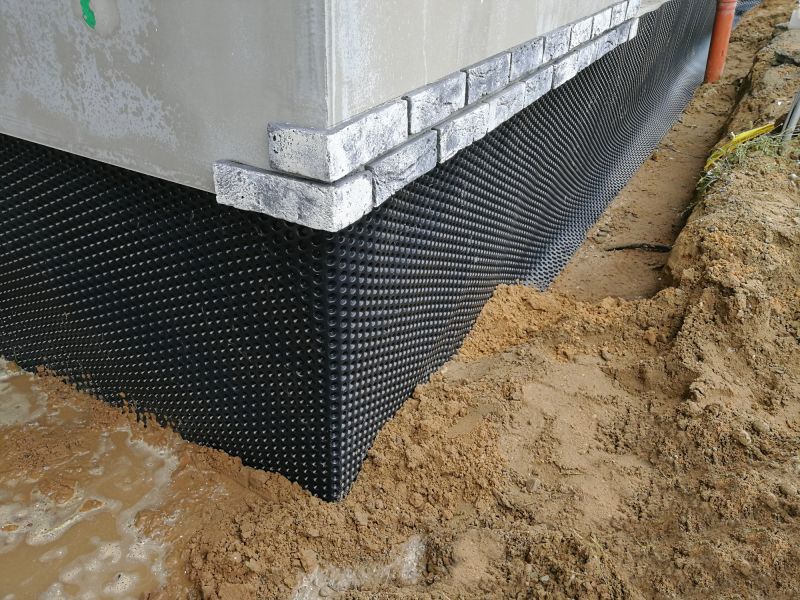
Applying waterproofing during spring ensures optimal weather conditions for adhesion and curing.
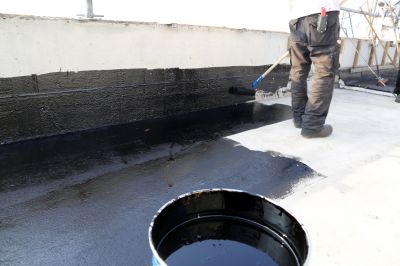
Summer applications require caution to avoid high temperatures that can hinder effective curing.

Fall provides favorable conditions for waterproofing before winter arrives.
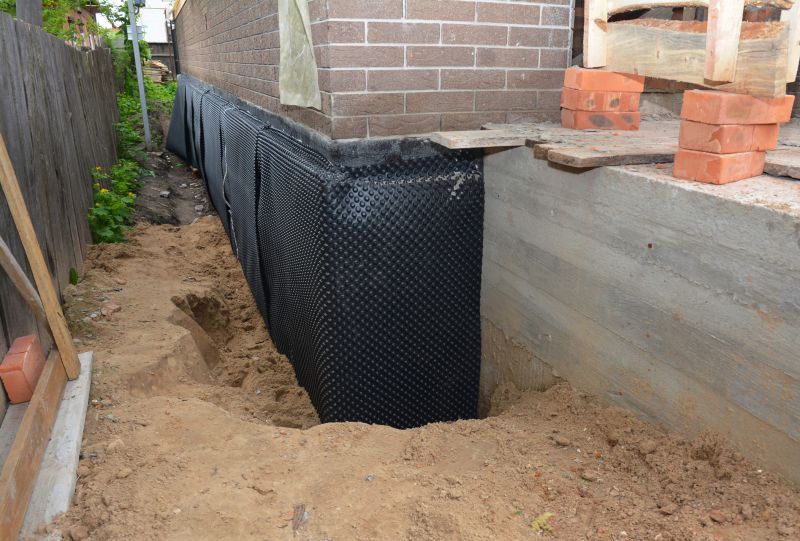
Low temperatures and moisture make winter unsuitable for waterproofing projects.

Ideal weather ensures waterproofing materials cure properly and last longer.
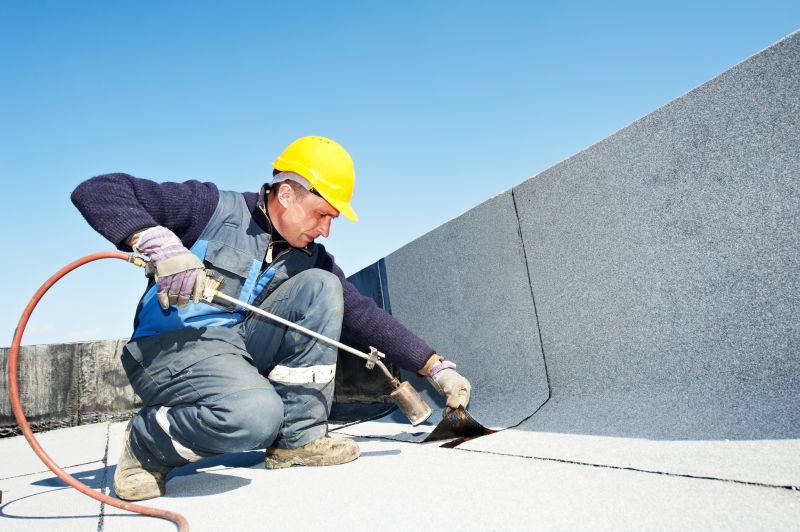
Dry weather prevents moisture interference during application and curing.

Monitoring temperature is essential for successful waterproofing application.

Low humidity levels enhance the effectiveness of waterproofing materials.
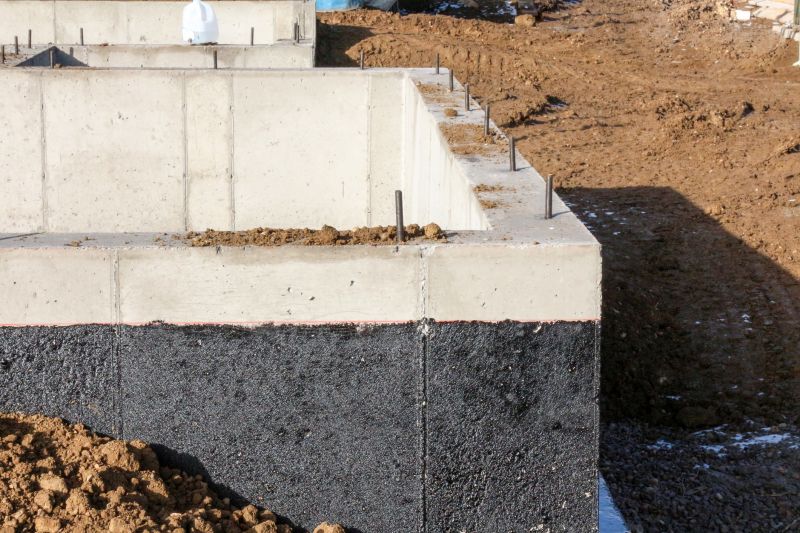
Proper planning ensures waterproofing is completed before cold weather sets in.
| Season | Recommended Conditions |
|---|---|
| Spring | Temperatures between 50°F and 70°F, low humidity, dry weather |
| Summer | Moderate temperatures, avoid peak heat hours, dry conditions |
| Fall | Cool temperatures, low humidity, dry weather |
| Winter | Not recommended due to low temperatures and moisture risks |
Waterproofings are essential for protecting structures from water damage, which can lead to mold, structural deterioration, and costly repairs. Properly timed waterproofing applications maximize material performance and durability. Different waterproofing methods, such as membrane systems, liquid coatings, and sealants, require specific conditions for optimal results. Statistics indicate that waterproofing failures often correlate with improper timing or application during unsuitable weather conditions, emphasizing the importance of planning around seasonal weather patterns.
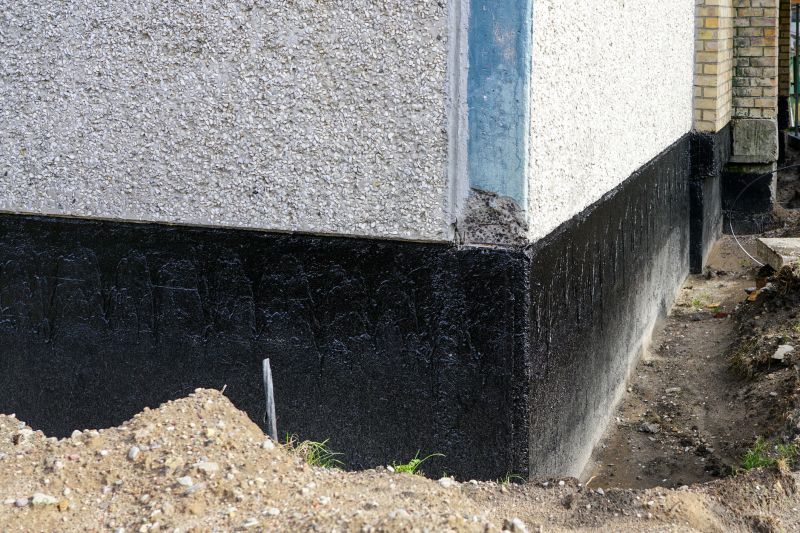
Proper weather conditions ensure effective waterproofing application.

A properly timed application provides long-lasting protection.
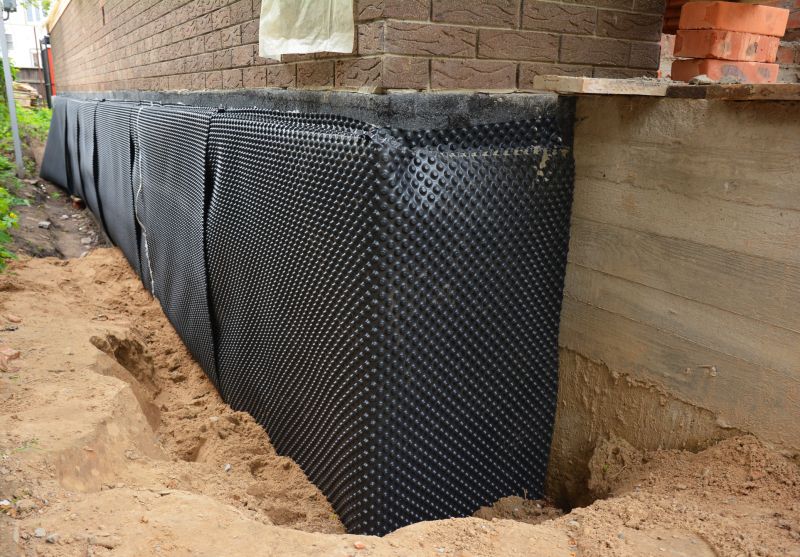
Selecting the right materials depends on seasonal conditions.
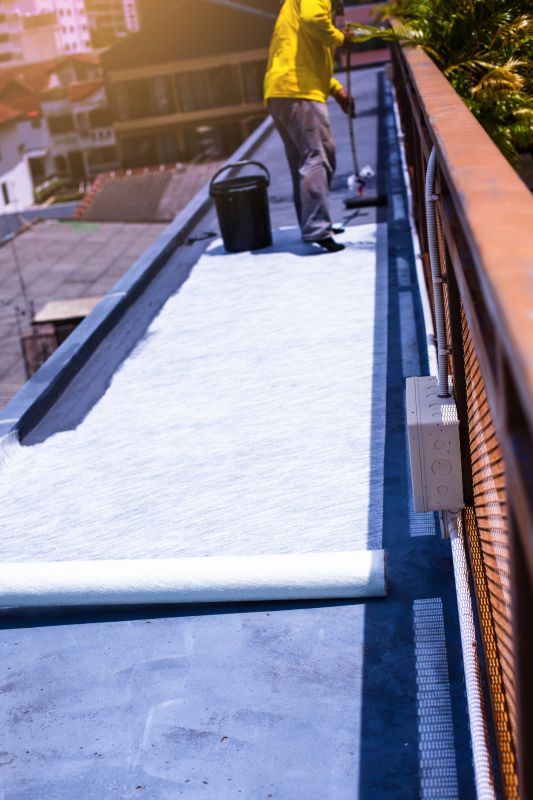
Applying protective coatings during optimal weather extends lifespan.
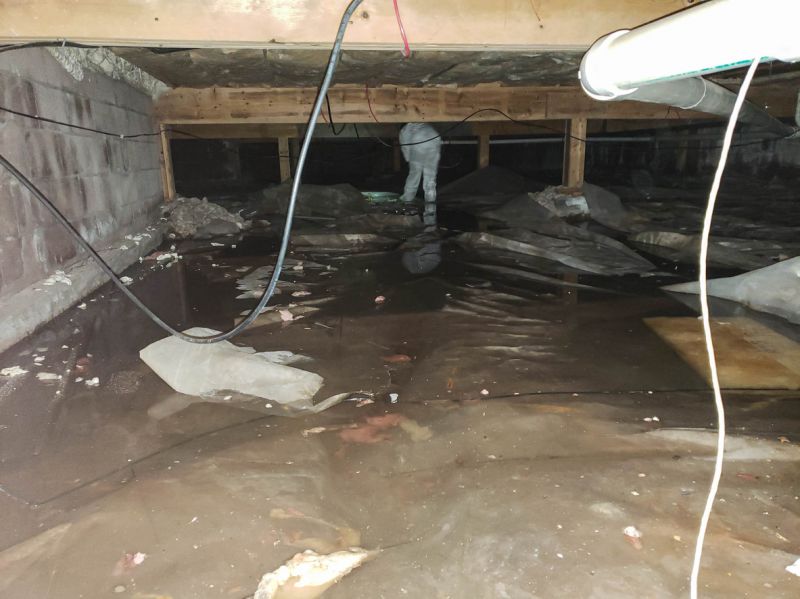
Ways to make Waterproofings work in tight or awkward layouts.

Popular materials for Waterproofings and why they hold up over time.
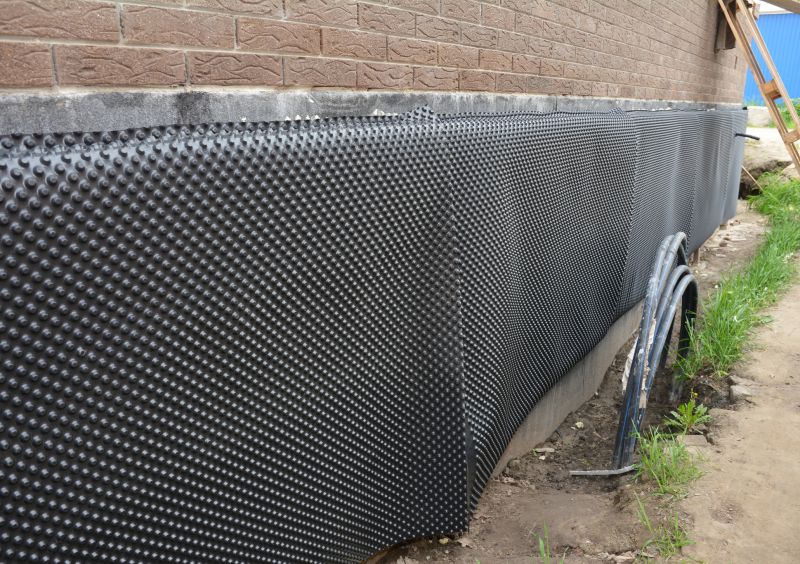
Simple add-ons that improve Waterproofings without blowing the budget.
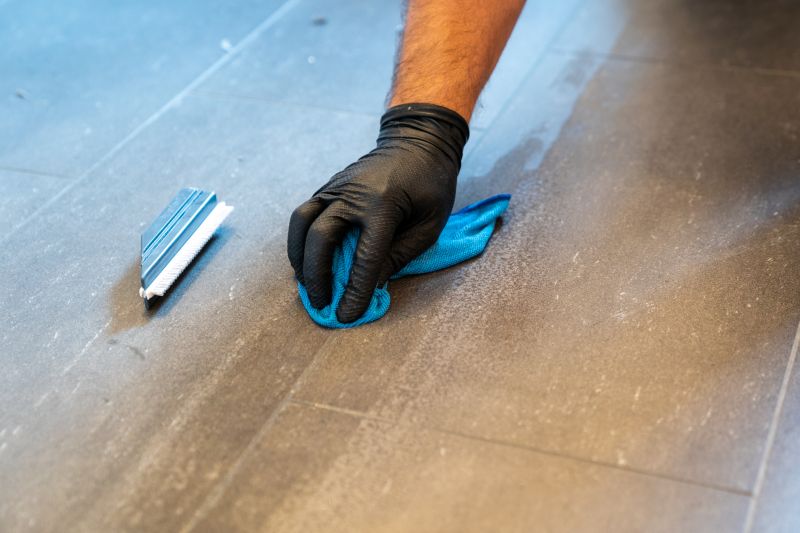
High-end options that actually feel worth it for Waterproofings.
For property owners considering waterproofing projects, understanding the best seasonal timing is crucial. Planning applications during favorable weather conditions ensures maximum effectiveness and longevity of waterproofing systems. If interested in scheduling waterproofing services, filling out the contact form provides a direct way to receive expert guidance tailored to local climate conditions.

